Optimization of the army in Chinese. PLA reform results
Since 2016, China has carried out a massive restructuring of its armed forces. According to the plans of the command, the People’s Liberation Army had to change its organizational structure in accordance with the requirements of the time. In just a few years, the tasks set were completed and the reform was completed. Now the PLA is smaller in terms of numbers, but its combat potential was to increase.
Background and preparation
The need for transformations in the PLA has been discussed for several years, and on January 1, 2016, the country's leadership launched a new reform. According to the plans of that time, all work should have been completed by 2020. It should be noted that 2020 occupies a special place in Beijing's plans, including in the military sphere.
The reason for the reform was a long-standing criticism of the existing PLA structure. In its architecture, the army met the requirements of past decades, but did not meet current views on defense. In addition, there were corruption and other negative phenomena. All this led to the need for reform.
The preparation of the reform took several years. During this time, more than 850 forums and conferences were held on the topic of the current and desired appearance of the PLA, a survey was conducted of the personnel of 700 military units, and the opinions of more than 900 commanders at different levels were taken into account.
It is known about the analysis and application of foreign experience. The military and political leadership of China took into account the latest transformations in the armed forces of the United States and Russia. Using all the data obtained, the military leaders were able to determine the development of the army and draw up a clear program of action.
The military-administrative division of China after the reform
The first goal of the reform was to change the organizational structure of the armed forces in order to eliminate bureaucratic and corruption problems, as well as to expedite the work and more easily solve the tasks. It was also planned to reduce the number of personnel to acceptable values, allowing to maintain combat efficiency and have the necessary reserves. In parallel, it was necessary to carry out re-equipment with modern models of all classes.
Administrative transformations
On January 11, 2016, an order was signed to transform the highest command structures. The General Staff, the Main Political Directorate, the Main Logistics Directorate and the Main Arms Directorate have transformed into 15 new organizations of a smaller scale with their goals and objectives. Some of these departments were previously part of the larger, while some appeared for the first time.
Under the Central Military Council, several new structures appeared. These are the Committee on Science and Technology, the Office of Strategic Planning, Reforms and International Military Cooperation. The tasks of monitoring the progress of the work are assigned to the Audit Office of the CVC.
In 2017, the restructuring of military administrative units began. Prior to that, the army was part of the seven military districts. Now, instead of them, there are five combined commands, divided by geographical feature. The boundaries of the zones of responsibility of such OKs partially coincide with the division of the old districts.
Army changes
Along with the transformation of the districts into the PLA, there was a restructuring of the main compounds. Until 2017, the ground forces included 20 armies - from 3 to 5 in each military district. After the reform, their number was reduced to 13, the armies subordinate to the OK were also rebuilt.
For example, earlier in the Shenyang Military District there were 16th, 26th, 39th and 40th combined arms armies, including infantry, tank and other formations. As part of the reform, the Northern Joint Command was created on the basis of the district, to which the 78th, 79th and 80th armies are subordinate. These associations were created by transforming and re-equipping the four existing armies.
Each new army includes six combined-arms brigades with infantry, tank and other units. The army also has six support brigades, artillery, air defense, army aviation, etc. brigades. Northern OK directly controls 11 border brigades and 4 coastal defense brigades.
The main striking means of the armies of the new look are combined arms brigades. They include two tank battalions of 40 vehicles each and two motorized infantry battalions with 31 armored vehicles each. The artillery division of the brigade includes 36 guns; the air defense division is equipped with 18 anti-aircraft defense systems.
Conversion to strategic nuclear forces
Against the background of general army reforms, the renaming of the land component of strategic nuclear forces took place. Until the end of 2015, the PLA 2nd Artillery Corps was responsible for the operation of ground-based missile systems. On January 1, 2016, the corps was reorganized into the missile forces of the People's Liberation Army.
According to foreign data, the reorganization of the 2nd artillery corps into missile forces did not lead to any major changes in the organizational structure. In fact, it is only a change of name. The land component of the strategic nuclear forces in terms of numbers and capabilities has long exceeded the army corps, and now it has been renamed into troops.
Strategic Support Forces
Since 2016, a completely new structure has been operating in the PLA - strategic support forces. This type of armed forces is responsible for the implementation and application of the most advanced rocket-space and radio-electronic technologies. Using spacecraft and electronics, the MTR should conduct reconnaissance, carry out operations in cyberspace and counteract the enemy’s electronic weapons.
According to known data, MTR includes the management of space systems and the management of network systems. The first structure is responsible for the operation of military spaceports and various equipment, both in orbit and on the ground. The second works in the field of cyber war and electronics in general. For obvious reasons, the strategic support forces attract special attention of foreign intelligence, but the main aspects of their activities remain a mystery.
Reform Results
At the beginning of this year, the PLA command published interesting data on the results of the conversion of the ground forces and the armed forces as a whole. As part of the reform, more than half of the non-combat units fell under reduction. All this affected the personnel. So, the number of officers in the service decreased by 30%.
An interesting result of the reform was a change in the proportions of personnel in different branches of the armed forces. For the first time in the history of the PLA, the number of ground forces dropped below 50% of the total number of troops in the armed forces. However, the exact numbers at that time were not called. It is also regularly reported that the combat effectiveness of the army is growing according to the results of the transformations.
From the available data, it follows that the positive results of the current reform are based on several key factors. First of all, it is the optimization of management structures with the division of responsibilities between different organizations. A noticeable economic effect could give a reduction in the number of units and personnel. In parallel with the reform of the army, new types of weapons and equipment with improved characteristics were produced, which could enhance the effect of organizational transformations.
An important step is the creation of strategic support forces uniting a number of previously existing structures. Combining them into a single MTR simplifies the conduct of necessary operations and interaction with other types of armed forces and combat arms. The conversion of the 2nd artillery corps into missile forces has no serious consequences, because the development of this structure is primarily associated with new technologies and developments.
It is known that when developing the reform plan, foreign experience was taken into account, including transformations in the Russian army in previous years. Apparently, it was Russia that became the source of basic ideas and solutions. As a result, the new combined-arms armies and their brigades in their structure to a certain extent resemble associations of the “new look” from the Russian army.
It is alleged that according to the results of the reform of 2016-19. The People’s Liberation Army of China has become a little smaller, but stronger and more effective. Carrying out such transformations, with positive consequences, fully fits into Beijing’s current strategy. China wants to gain a foothold in the position of regional leader, and then become a world power. The solution of such problems requires a powerful developed army, which requires reforms and transformations.




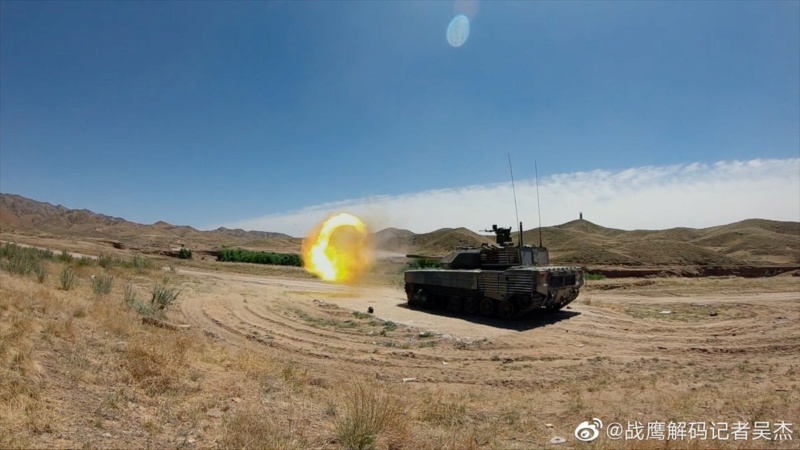
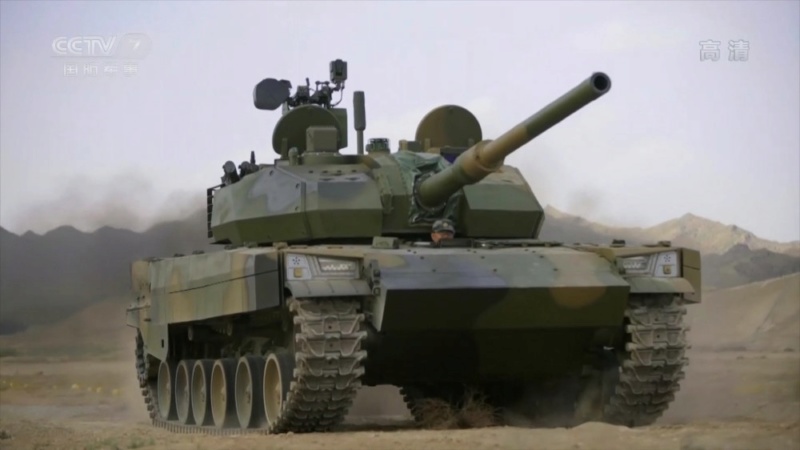
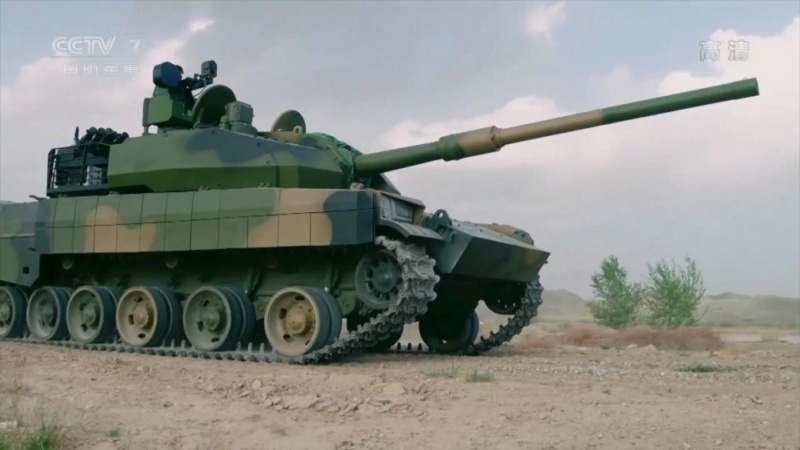










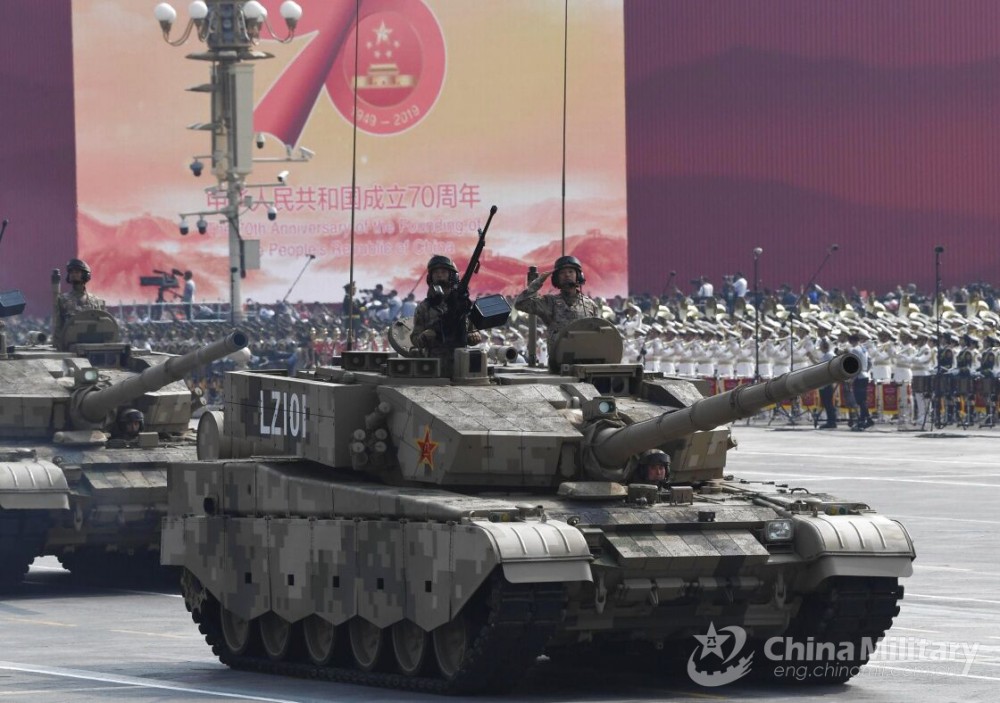
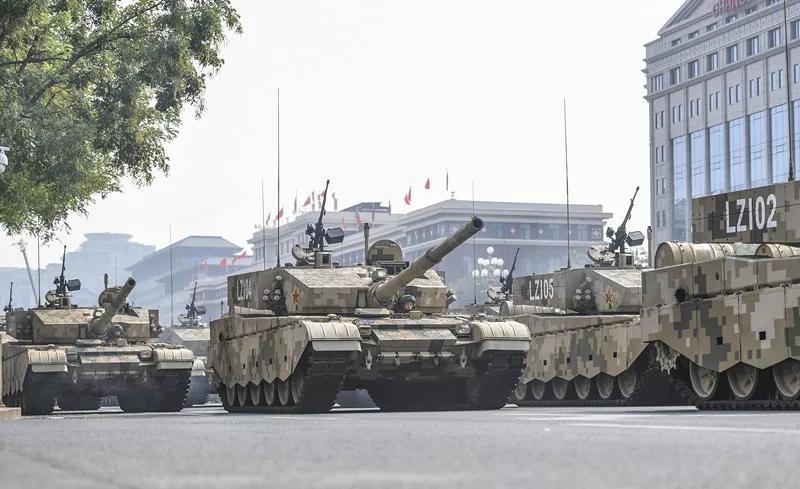

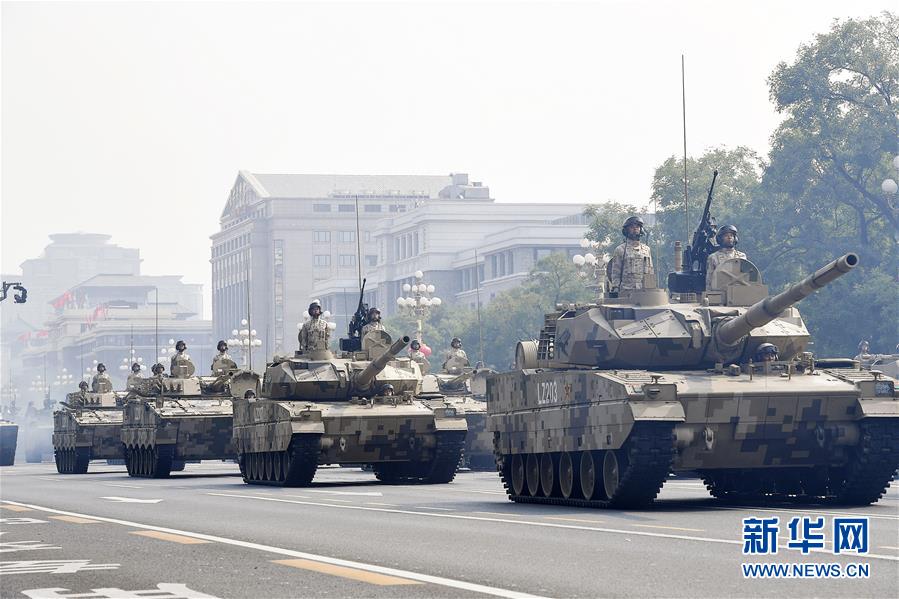

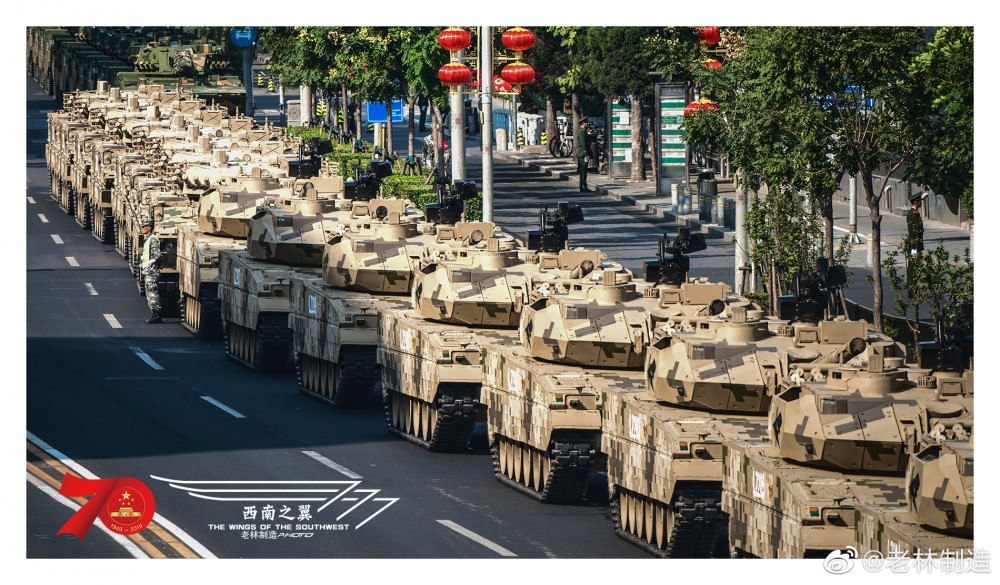
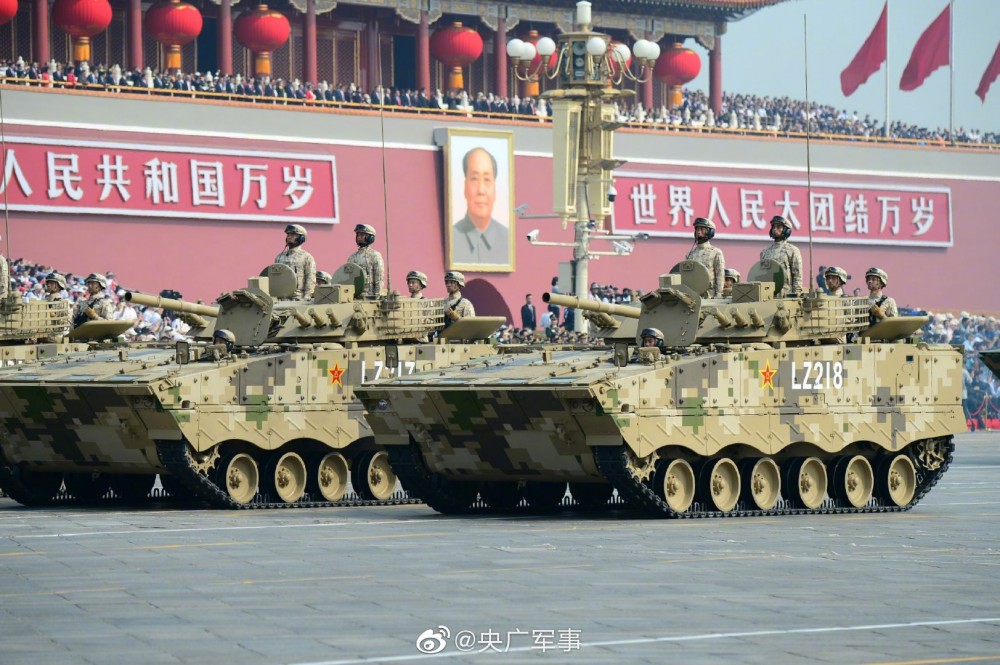


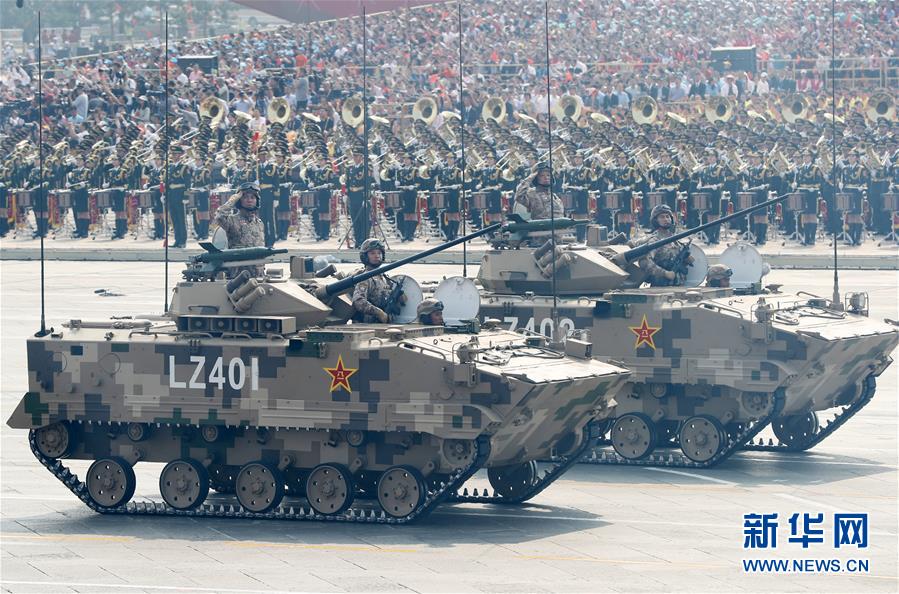
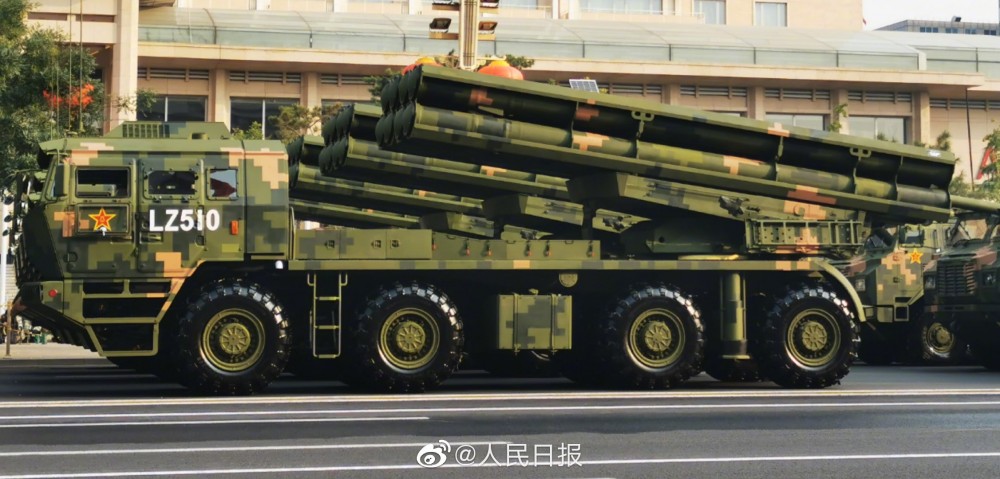


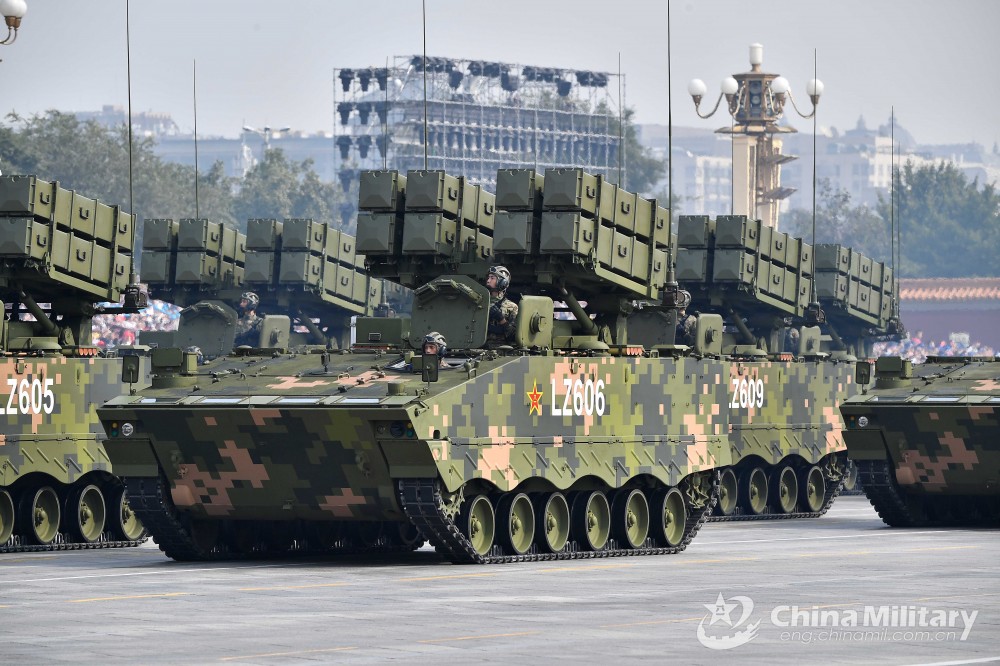
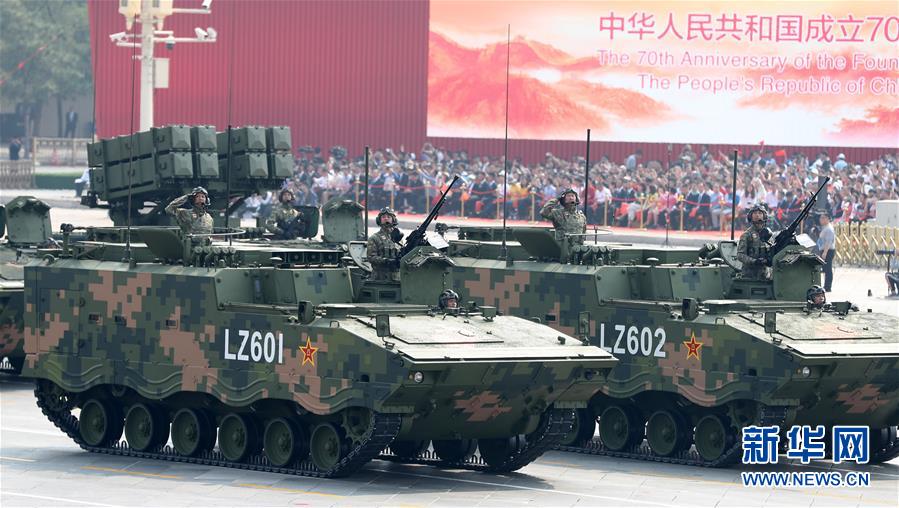

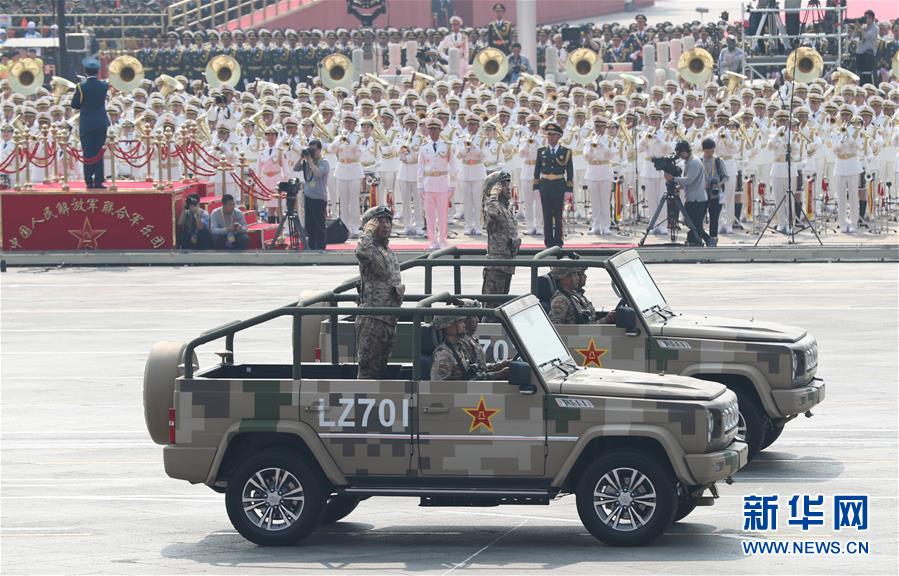
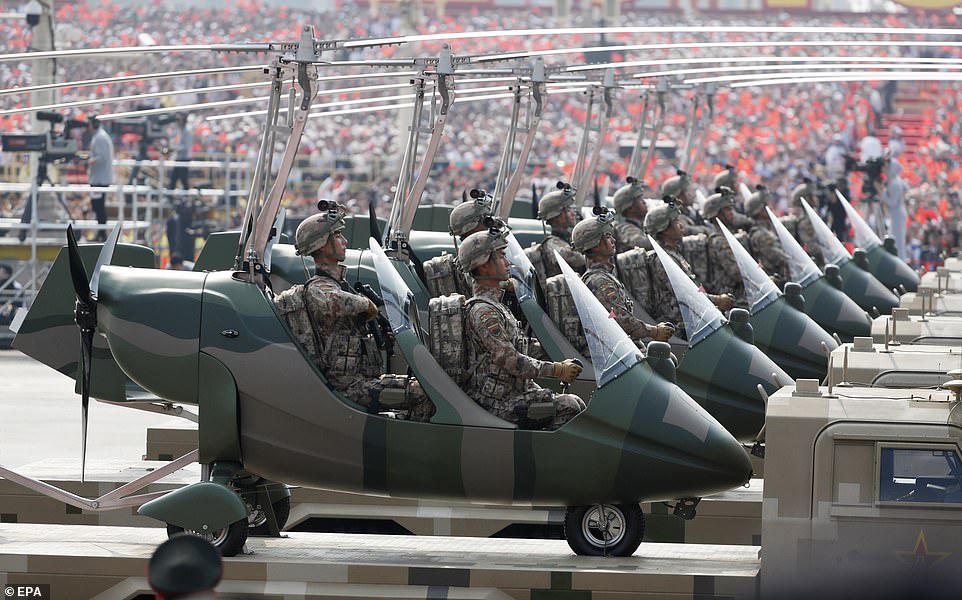




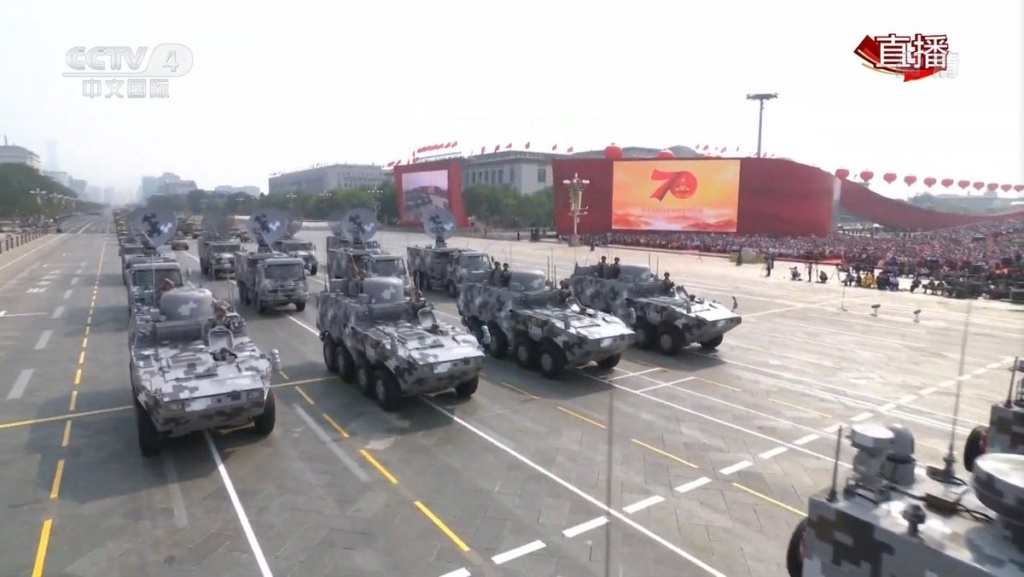


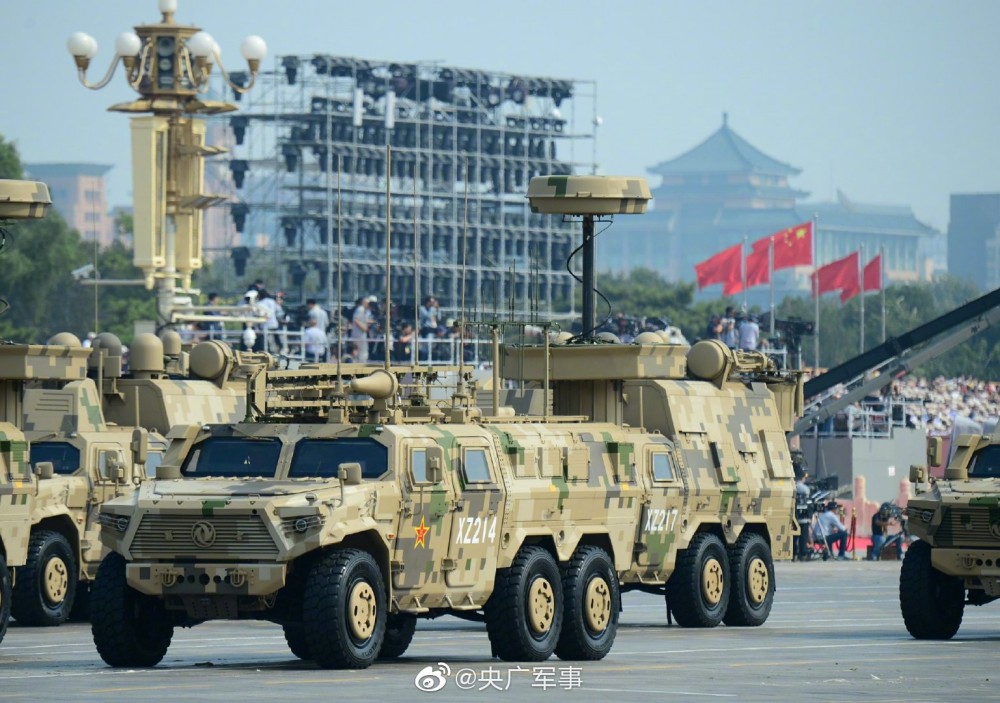
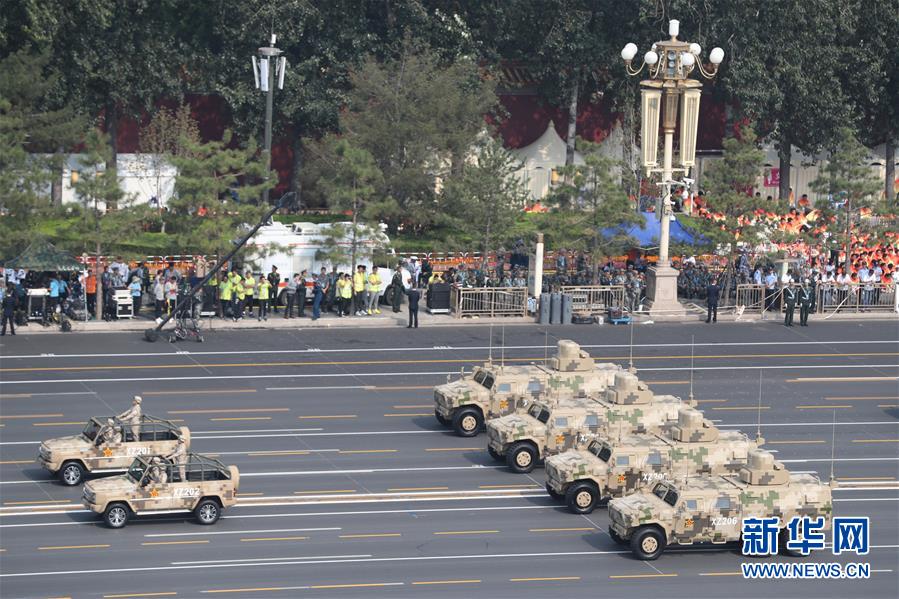


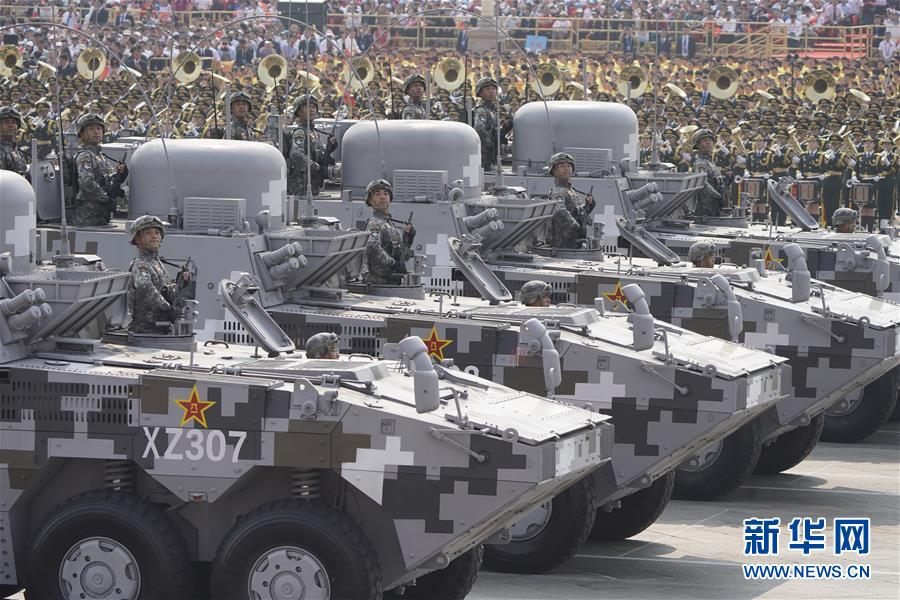
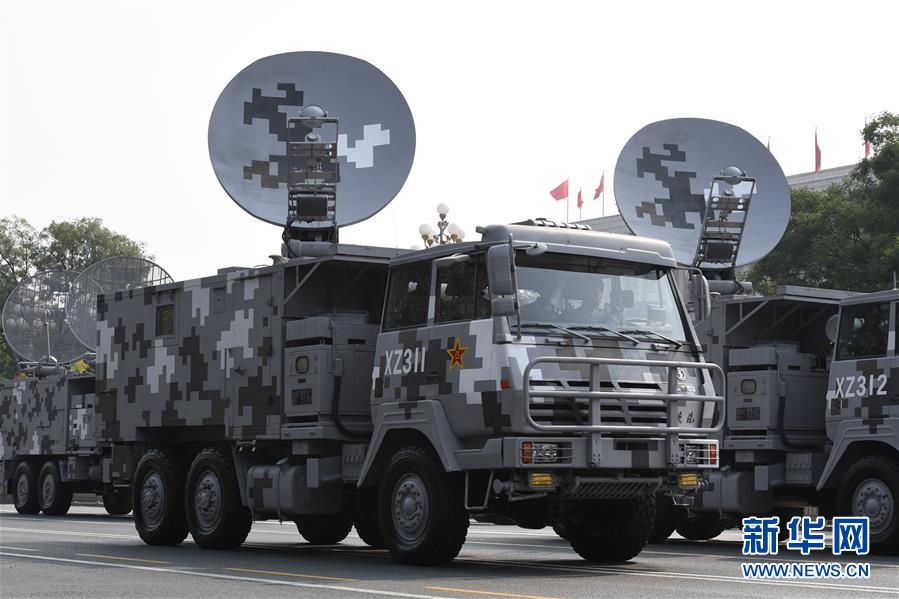




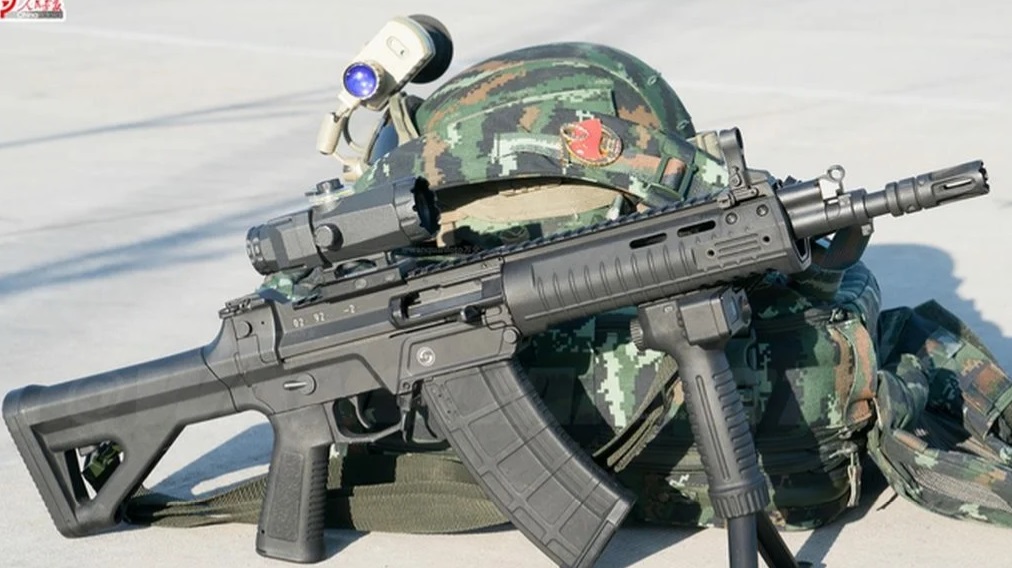
 franco
franco
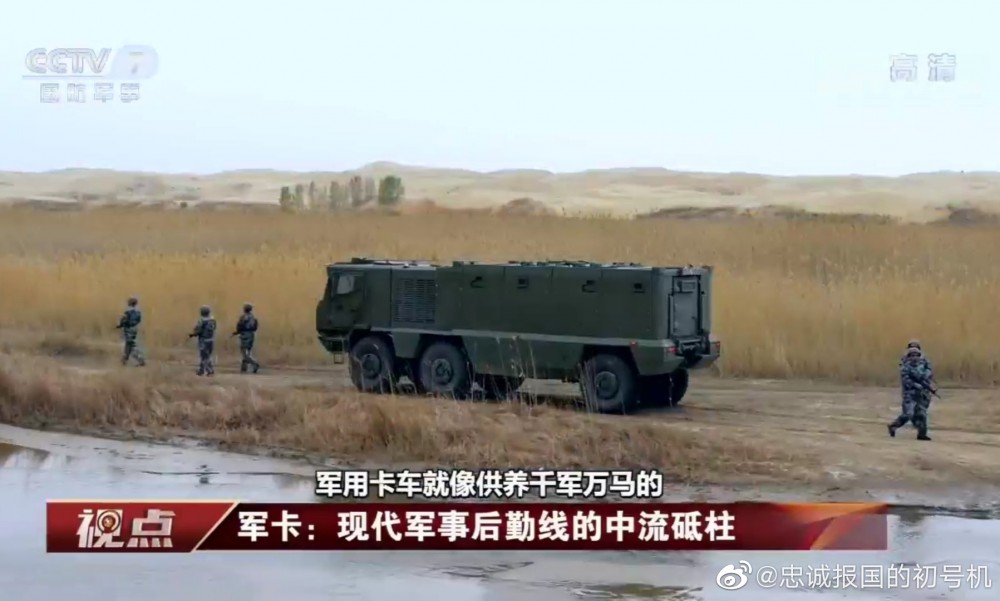
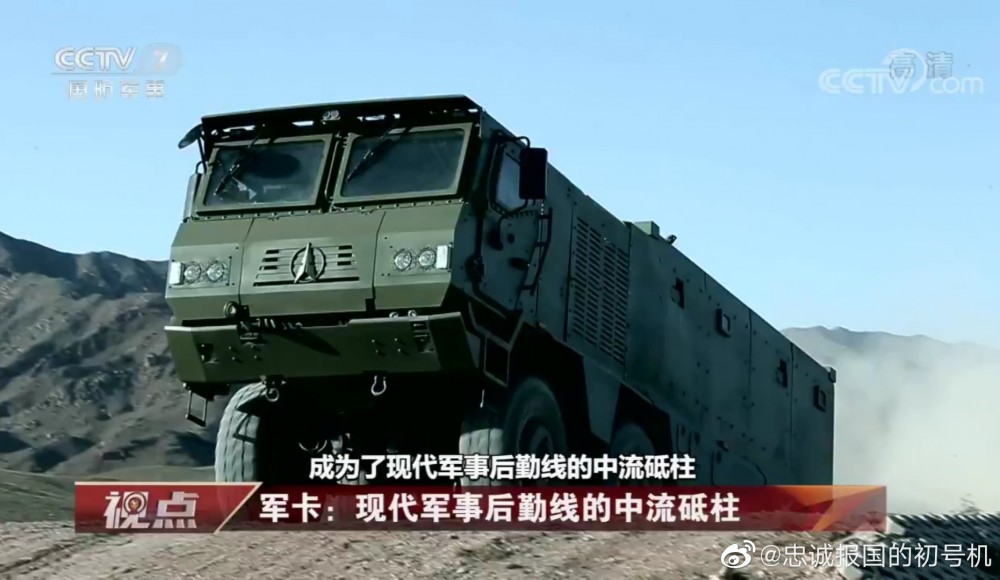
 .
.